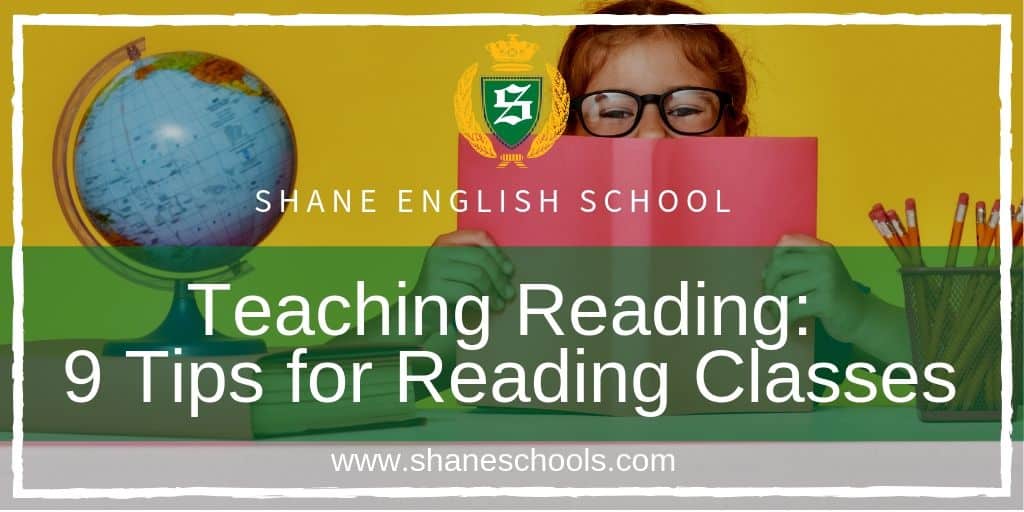Teaching reading is one of the most important things a teacher can do. Reading is a core language skills, and it’s absolutely essential that young learners establish a good foundation. Being important does not mean being serious, however. It’s possible to make the reading process both educational and fun. Here are 9 activities that EFL teachers can work into their next reading classes to improve attention and engagement.
Teaching Reading: Teacher Interactions
Teaching reading doesn’t have to be dull. Changing up a class could be as simple as what role the teacher and students play in reading activities.
Vary interactions (within a lesson or from lesson to lesson)
- Teacher reads
- Students listen to CD and follow in books (when available).
- Teacher reads narrative, students read character dialogues.
- Teacher tells story in own words.
- Students read to each other in small groups.
- Students speed-read for a few minutes, then report back to discuss orcompare, before reading again carefully.
Teaching Reading: Reading Tasks
The way students read, and for what purpose, will break the monotony and add an element of freshness to reading lessons.
Gist reading – Students scan text to find the answer to a few general questions posed by the teacher.
Detailed reading – Students find answers to more detailed questions posed by the teacher.
Teaching Reading: Reading Activities
Reading does not necessarily need to be an uninterrupted, linear process. By engaging the students interest and attention along the way, we can improve both interest and retention.
Students ask questions – Give points each time a question is asked. As teacher or student/students read, stop for questions to be asked:
T: ‘Jack was six years old…’
St: ‘When is his birthday?’
T: ‘Jack was six years old and he had a dog…’
St: ‘What was his dog’s name?’
Incorrect sentences – Give the students some sentences which are incorrect or correct. The students then check while reading.
Show the picture – Give students some pictures or words from the story. When the sentence that corresponds to the picture is read students hold up the picture or word.
Add words – As students read they can add words for example adjectives. Therefore, ‘It was a cat!’ becomes ‘It was a big black cat!’, etc. This can be turned into a game, whereby other students listen and the first to raise their hand or to shout or write the extra word wins points.
Slow reveal – Slowly reveal a sentence from the story one word at a time. After each word is revealed the students try to guess the next word. Finish the sentence. Extend this to further key sentences/ events (you may have to simplify the sentences excluding unknown vocabulary) until the students are familiar with all the events of the story. The sentences may not be in the correct order of events in the story. Have the students suggest the correct order of events.
Spot the mistake – Teacher or student reads, making some mistakes in the story. Students listen, and when a mistake is detected the students run to touch or slap a ‘buzzer’ and correct the mistake. The first student to hit the buzzer and give an answer is the winner. Variation: The teacher reads and makes mistakes by saying the wrong word occasionally. Students race to write the correct word on the board.
This is just a short list of our own reading activities. Do you have some of your own? Tweet your ideas to @ShaneSchools. Need some pre-reading activities? Check out some of our favorites here.
A version of this article originally appeared in Shane English School’s Teaching English to Young Learners (TEYL) program, which is part of new teachers’ orientation.

We're hiring!
With schools around the world, Shane English School always has exciting new opportunities to offer.


